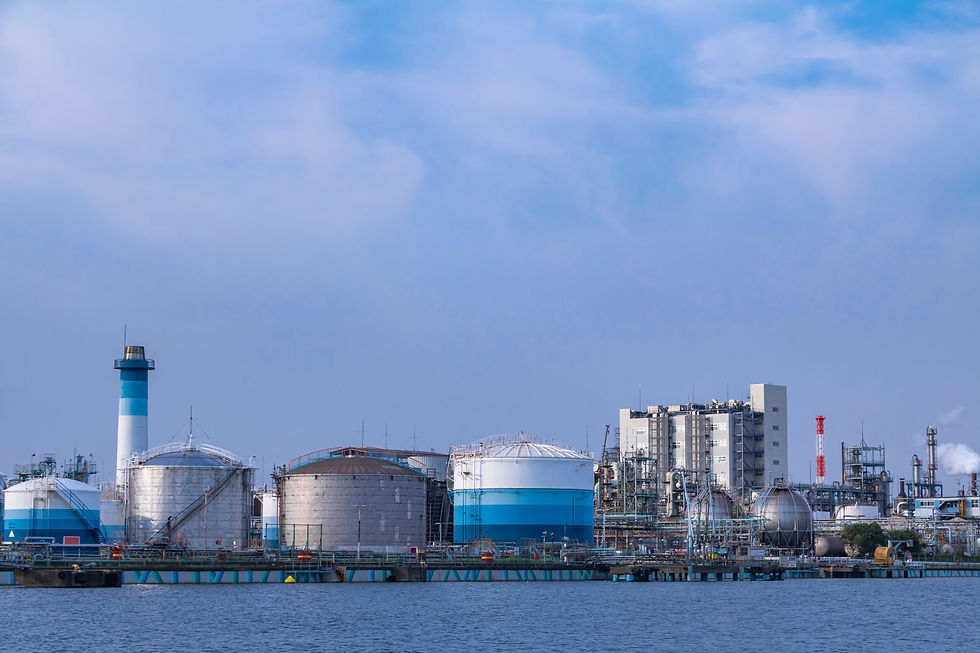Phipps CEO: “The environment and human health are totally connected”
- Linda Ritzer
- Oct 21, 2021
- 2 min read
The concepts behind green and sustainable building were brought into focus during the Center for Energy Policy and Management’s recent webinar that featured Phipps Conservatory’s campus.
Richard Piacentini, president and CEO of Phipps, explained how the organization became a proponent of green building concepts and demonstrated how they are being used in several of the conservatory’s buildings, including the Center for Sustainable Landscapes (CSL).
Known as one of the greenest buildings in the world, the CSL has attained six of the highest green building certifications, including the Living Building Challenge, LEED Platinum and WELL Platinum. Piacentini highlighted how the CSL met four of the concepts behind the Living Building Challenge – energy, water, materials, and beauty.
Using an integrative design process, where everyone involved in the project from contractors to employees participates from the planning stage through construction, the CSL was designed to maximize efficiencies in energy and water, use only sustainable and non-toxic materials, and promote the beauty of the surroundings.
The building was designed to be net-zero in energy use, meaning it uses no more than it generates on-site, using passive heating and ventilation, solar panels, wind turbine, geothermal wells, and state-of-the-art insulation. It also collects all rainwater on-site, using some of it to flush toilets, and has an on-site system that includes wetlands and sand filters to treat waste.
In addition, Piacentini explained that the project’s materials could not include 300 chemicals on a “red list” because they are carcinogens, toxins, or organic pollutants. This impacted the selection of paints, adhesives, flooring, furniture, and other items to ensure they did not contain toxins or volatile organic compounds that could harm occupant health. He noted that common items, like PVC pipe, and flame retardants are considered harmful.
“A building can be green and still have a negative effect on your health if you’re not aware of some of the chemicals used,” he explained.
Piacentini noted that Phipps mission is providing beauty and nature in an urban setting, and explained how that impacted landscaping design. But in the bigger picture, human and environmental health are interconnected, and Phipps builds that into all of its decision-making using regenerative thinking.
“We are connected to the rest of the planet,” he explained. “Everything we do has an impact on something else.” He also noted that with the focus on combating climate change, “we need to start rethinking the way we do things. The environment and human health are totally connected.”



Comments